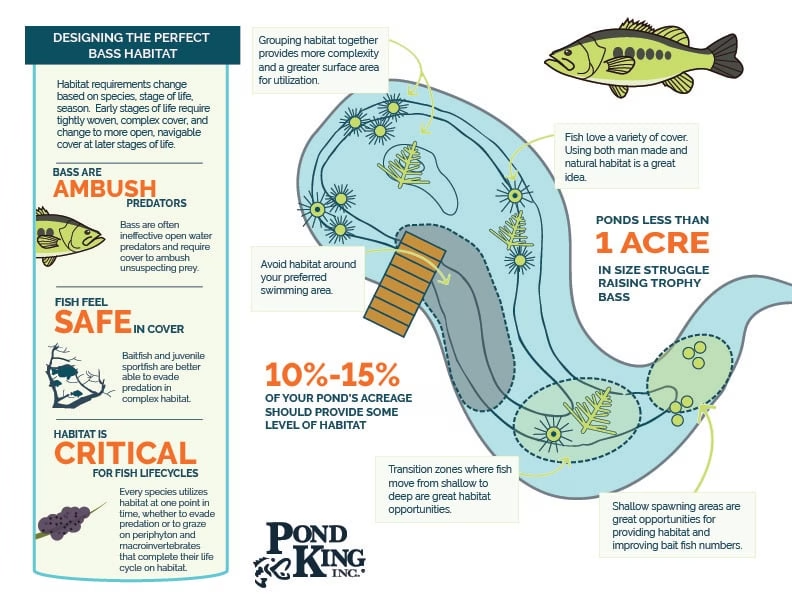Creating a swim pond in your backyard offers a unique experience where you can connect with nature, enjoy swimming, and even bond with your family. One of the most delightful aspects of a swim pond is the opportunity to introduce fish, which adds both beauty and function to the ecosystem. As you swim alongside colorful fish, the experience becomes a joyful adventure that combines relaxation with the wonder of observing aquatic life.
Fish provide more than just visual appeal; they play significant roles in maintaining the health of your pond. They can help control algae, cycle nutrients, and manage pests, making your swim pond a vibrant environment. In this guide, you’ll discover practical ways to create a balanced swim pond that brings joy to you and your family while supporting fish health.
Why Adding Fish Could Improve Your Swim Pond Experience
Swimming with fish can lead to engaging moments for you and your family. Picture gliding through clear water, surrounded by vibrant fish, while your children delight in watching them swim and play. This interactive experience fosters family bonding and encourages outdoor fun.
Moreover, research indicates that spending time in nature can significantly reduce stress and improve your overall well-being. Studies show that engaging with natural environments promotes positive emotions and boosts happiness levels. By integrating fish into your swim pond, you can enhance these benefits and create lasting memories in your backyard.
Image showcasing families swimming with fish in a picturesque pond (Source: ReMax Kauai)
Understanding the Ecological Benefits Fish Bring to Your Pond
Fish are essential for maintaining a healthy ecosystem in your swim pond. They act as natural pest control agents, keeping insects at bay by consuming larvae. For example, goldfish and mosquito fish effectively lower mosquito populations, making your outdoor space more enjoyable.
In addition to pest control, fish contribute to nutrient cycling through their waste, which beneficial bacteria break down to nourish aquatic plants. This process enhances nutrient availability, supports plant growth, and helps stabilize the pond ecosystem. Furthermore, a diverse range of fish can bolster biodiversity, reducing harmful algal blooms and promoting overall ecological balance.
Diagram illustrating the ecological roles of fish in a swim pond (Source: Springer Nature)
Tailoring Water Quality for Fish Health and Enjoyment
Maintaining optimal water quality is crucial for your fish to thrive. Regular testing of water pH, ammonia, and nitrate levels should be part of your routine. Most fish, including goldfish and koi, flourish within a pH range of 6.5 to 9.0.
Implementing filtration and aeration systems can also significantly enhance water quality. These systems help to keep the water clear and oxygenate it, which is vital for both fish and aquatic plants. Incorporating submerged plants aids in controlling algae growth by competing for nutrients and enhancing oxygen levels in the water.

Water testing kit commonly used for maintaining pond health (Source: BigCommerce)
Choosing the Right Fish Species for Optimal Pond Harmony
Selecting appropriate fish species for your swim pond contributes to its harmony. Popular options like koi and goldfish are hardy and adaptable to various water conditions. When choosing fish, consider your local temperature extremes; for example, goldfish can survive in temperatures from 35°F to 85°F, making them suitable for diverse climates.
It’s essential to also think about care requirements such as proper filtration and ample space. Ensuring that your pond has sufficient depth will help sustain fish, especially during extreme weather. Be mindful of legal regulations in your area regarding specific fish species, as some restrictions exist to protect local ecosystems.
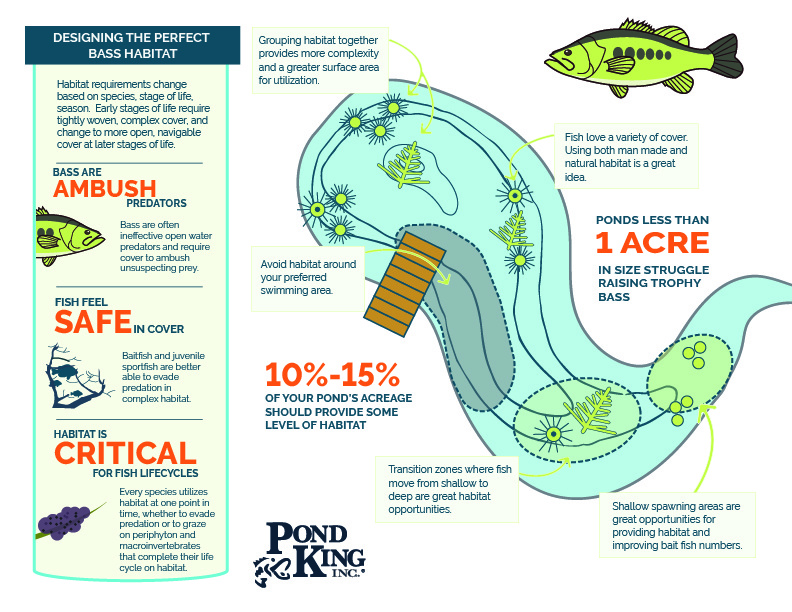
Infographic detailing suitable fish species for swim ponds (Source: HubSpot)
Creating Thriving Habitats for Your Pond Fish
Creating a suitable habitat is essential for the well-being of your fish. Incorporating diverse aquatic plants not only provides shelter but also enhances the beauty of your pond. Plants such as water lilies, hornwort, and cattails can thrive in your pond and help maintain ecological balance.
Adding structural elements, like rocks and logs, creates hiding spots for fish and promotes a healthy underwater environment. Varying the pond depth with both shallow and deep spots allows different species to find their preferred habitats. This variety is critical for their comfort and health.
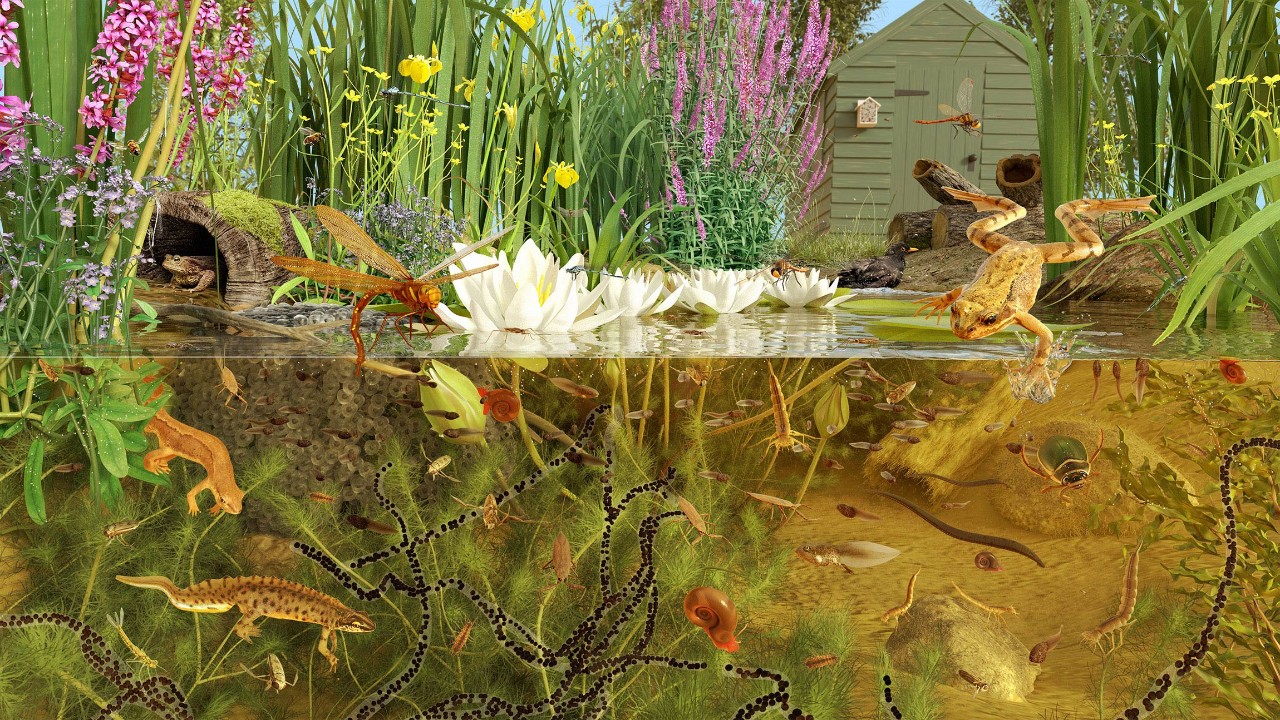
Illustration of a well-structured pond habitat that supports fish life (Source: Natural History Museum)
Navigating Hidden Challenges of Fish Maintenance
Introducing fish into your pond does come with certain maintenance challenges. Regular seasonal upkeep is essential to keep the pond healthy. Cleaning debris, monitoring water quality, and ensuring that your equipment functions properly should be routine activities for you.
Watch for the potential issues of overstocking and invasive species, as these can harm fish health and disturb the pond’s overall quality. Regular equipment inspections help prevent malfunctions that could lead to serious consequences, like inadequate water circulation, which can jeopardize the health of your fish.
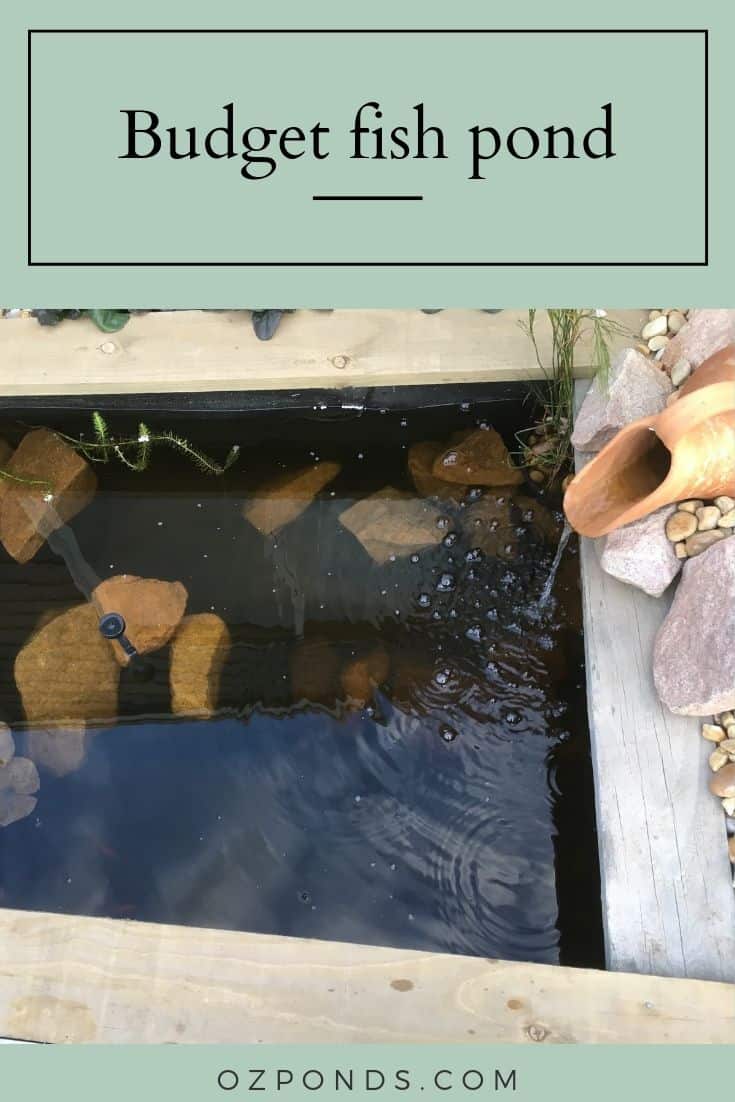
Image highlighting common mistakes in pond maintenance (Source: Oz Ponds)
Budgeting for Your Fish-Friendly Swim Pond
Understanding the costs associated with adding fish to your swim pond can help you plan appropriately. Initial expenses may include purchasing fish, setting up filtration systems, and making any necessary pond enhancements. Ongoing costs such as feed, seasonal maintenance, and potential veterinary care should also be accounted for in your budget.
With careful planning, you can often save money. Consider exploring DIY maintenance solutions or establishing a natural ecosystem that minimizes the need for costly chemical treatments. Thoughtful budgeting can allow you to create a beautiful and sustainable swim pond without financial strain.
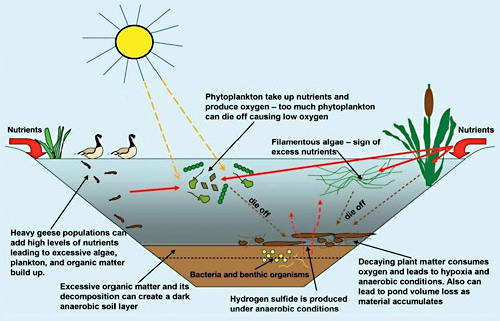
Chart representing budgeting aspects related to fish production in ponds (Source: University of Maryland)
Achieving Algae Control While Keeping Fish Happy
Managing algae growth is essential for the health of your fish and the overall enjoyment of your pond. You can employ natural methods, such as adding algae-eating fish and aquatic plants, to reduce algae levels effectively. Additionally, using fish-safe chemicals selectively can support these efforts without harming your fish.
Regularly monitoring water quality parameters will help you keep nutrient levels in check, preventing excessive algae blooms. This proactive approach results in a clearer, healthier pond, making it a more enjoyable swimming environment for you, your family, and your fish.

Diagram representing strategies for managing algae while maintaining fish health (Source: University of Maryland)
Conclusion
Swimming with fish in your pond can be one of the most rewarding aspects of being a swim pond owner. The benefits extend beyond enjoyment and relaxation; they enhance the ecological health of your backyard oasis. By understanding how to care for your fish and maintain your pond, you’re creating a vibrant environment where both you and your fish can thrive.
With careful planning, regular maintenance, and a commitment to ecological balance, your swim pond will become a serene sanctuary. Embrace this journey of enhancing your swim pond and enjoy the enriching experience it brings for years to come.

